Radical Atoms
This has to be the most brilliant title for a festival - a poetic and provoking pair of words that point to so much that is tantalising and extraordinarily exciting about the future - an unbound future where digital and virtual merge with the real world in a meaningful, emotional synthesis, where bits can make physical atoms 'dance' - radical atoms that connect with human beings in tangible material interfaces.
Yesterday at Ars Electronica began with a talk from Prof Hiroshi Ishii, a visionary being who can see further ahead than most, and earlier than almost anyone. Check out his Tangible Media group at MIT to have your mind properly blown. Every project on here is exciting - from biological actuators in clothing that know when you're hot, to furniture that transforms to suit how you use it. Listening to Hiroshi and everyone who spoke from his team, the 'alchemists of our time,' I know that I'm going to be furious when I die, even if I reach 100, because I won't get to experience The Future from that point on - it feels like we're reaching an era where all of our science and artistic and design practice so far is about to explode into a new paradigm of invention and creativity.
I'm wriggling with excitement to go and check out the Radical Atoms exhibtions at the Ars Electronica centre.
With my mind and soul excited, the rest of the day was spent exploring the Alchemists of our Time and Underworld Exhibitions at Post City - I won't list everything because there is far too much, but the landscape on show, of connecting digital and real world, and finding new ways to interact, beyond screens, and with real Stuff, was hugely inspiring. Highlights were an art science lab exploring terraforming and astrobiology, re-activating organisms trapped in salt crystals for millions of years to see if they might be eligible to be sent to another planet to kick start life. Joe Davis is the alchemist who leads this lab - more here.
And an adventure through the subterranean industrial maze of the Underworld Exhibition, encountering installations down endless corridors and in dark rooms...reminding me that the theatre of encounter and experience plays a huge role in how we might engage new people with this kind of work.
The day ended with a celebration of the Ars Electronica prize winners for this year, including a lifetime Visionary prize for Jasia Reichardt, who is a true pioneer and inspiration, and alchemist of our time and many times.
She conceived the Cybernetic Serendipity exhibition at the ICA back in 1968, which travelled to the then new Exploratorium in San Francisco and kick started their journey into science and art - which feels serendipitous for me, as we start to enter this arena in At-Bristol, a science centre starting on this path almost a half century later! Jasia is in her 9th decade and still sharp and energetic and absorbing new ideas. Her background and story from a Common Room of artists and scientists getting together in Poland to talk and share ideas is the world I have always wanted to inhabit since I first read about the Lunar Society of the Enlightenment era. It's always wonderful to connect with like-minded people who are interested in the liminal spaces where ideas spark up against each other, alchemists of many disciplines who are pushing us ever onwards.
Sculpture Factory : Davide Quayola
Photosynthegraph : Yoko Shimizu
The Drinkable Book: Theresa Dankovich
The Living Language Project : Ori Elisar
Alive Painting : Akiko Nakayama
Chozumaki : Nelo Akamatsu
Time Displacement - Chemobrionic Garden : Robertina Šebjanič, Ida Hiršenfelder, Aleš Hieng – Zergon









